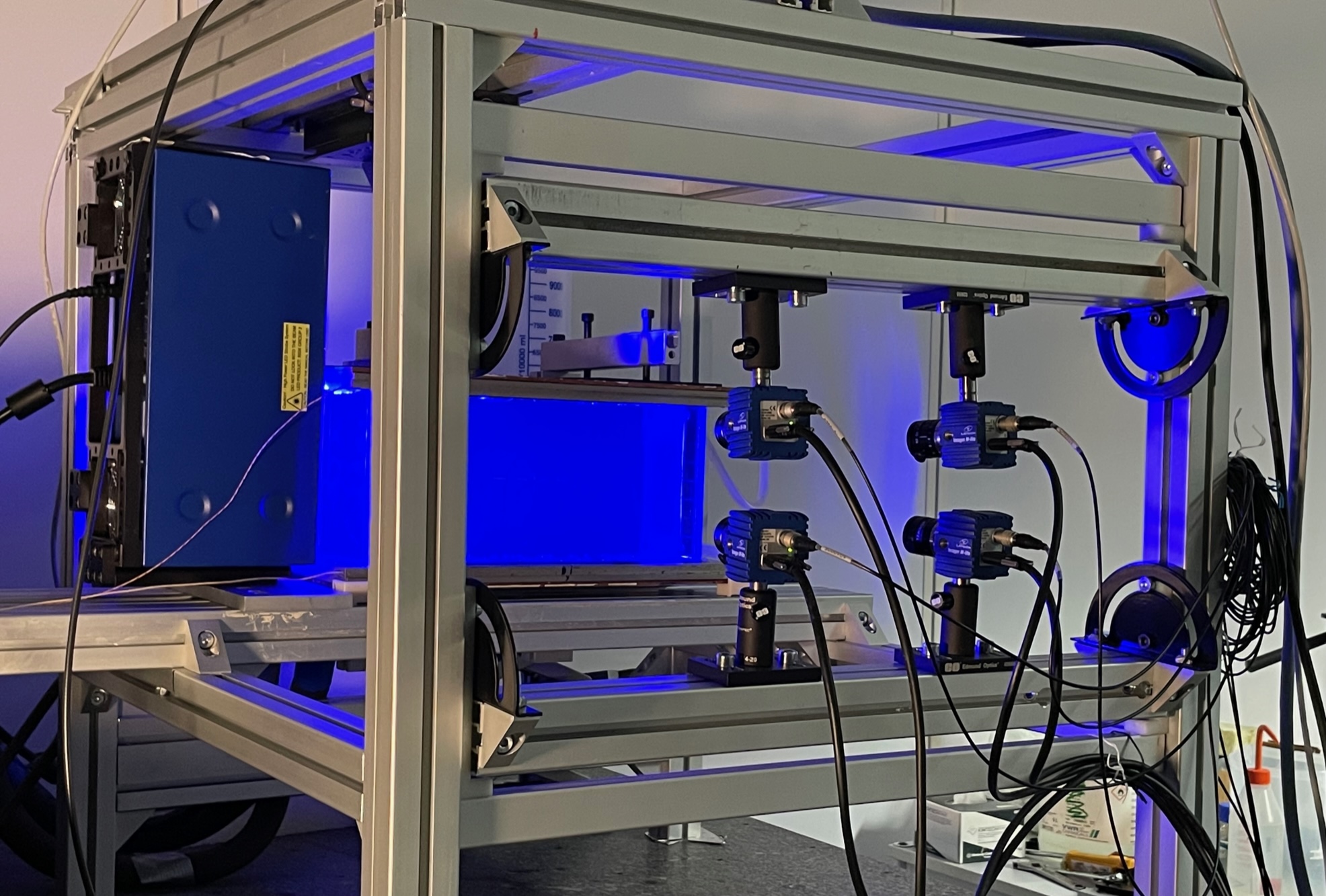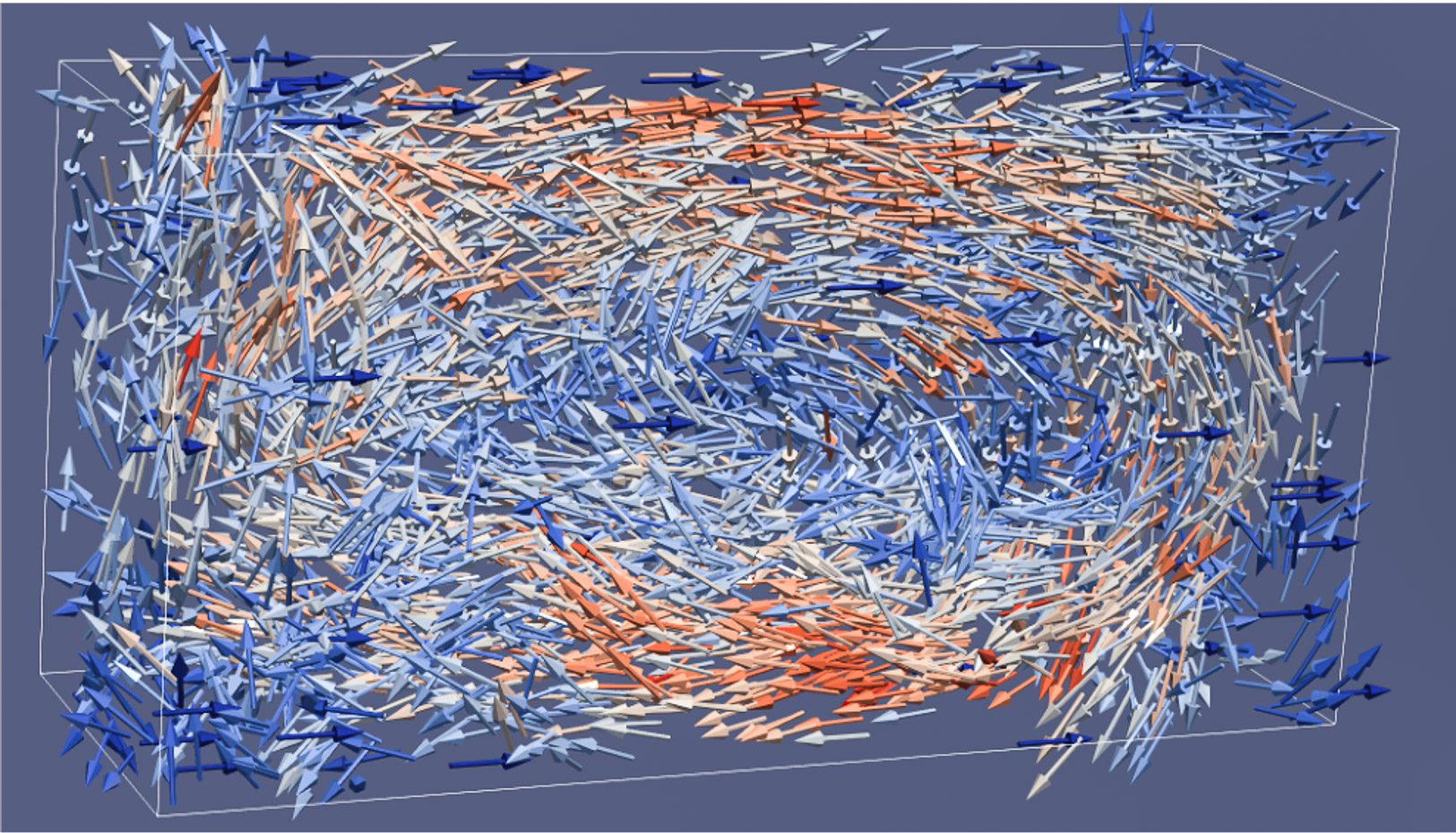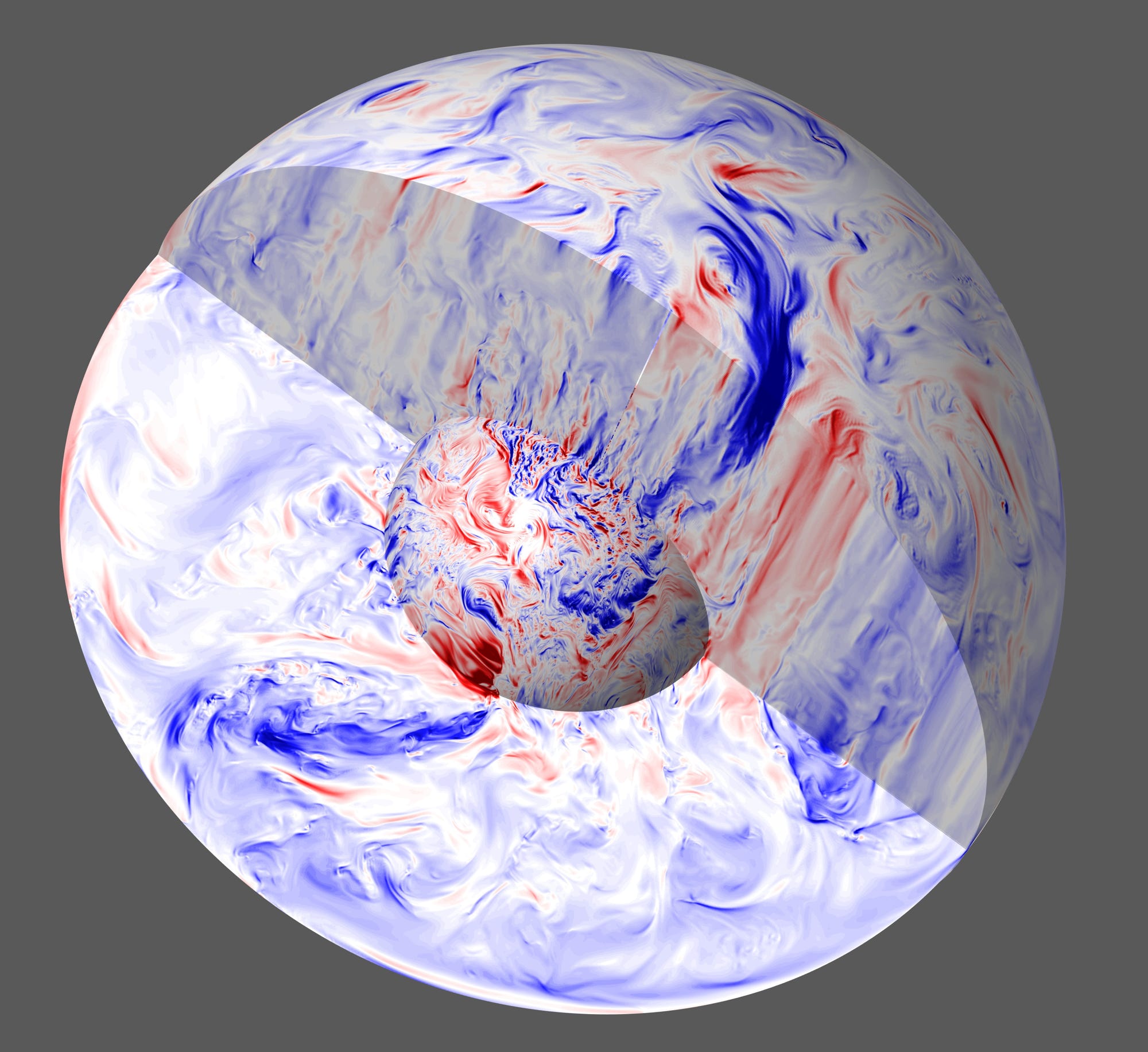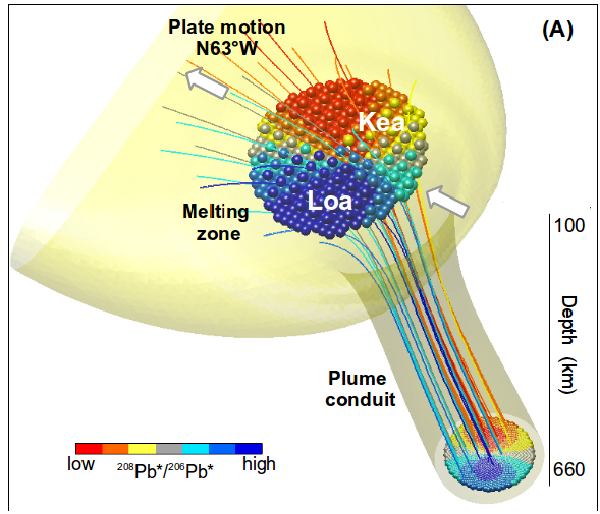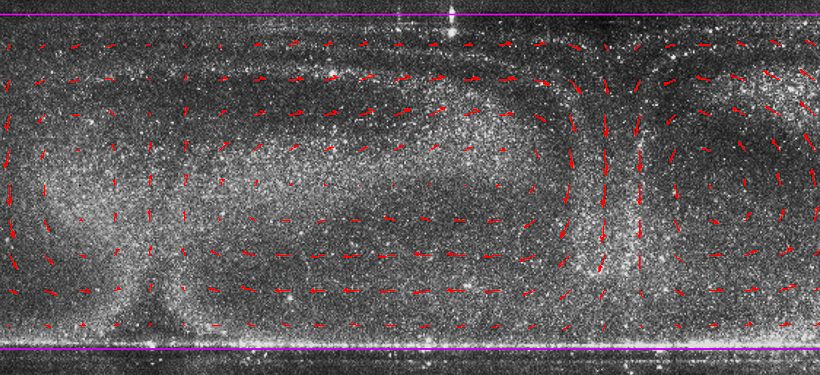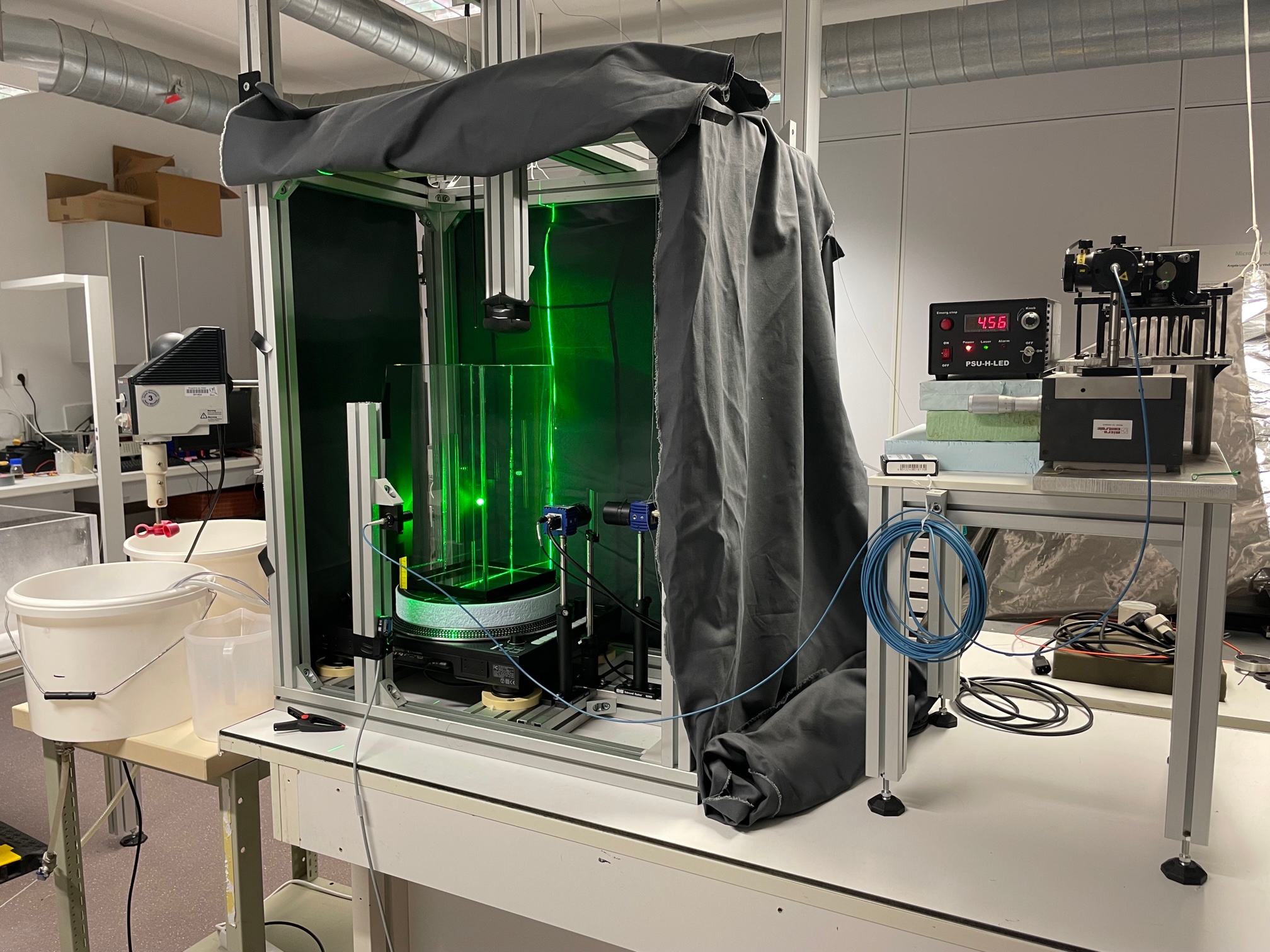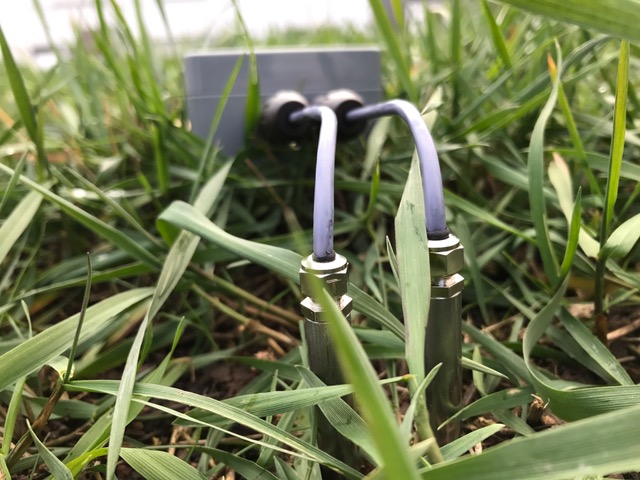Geological Fluid Dynamics
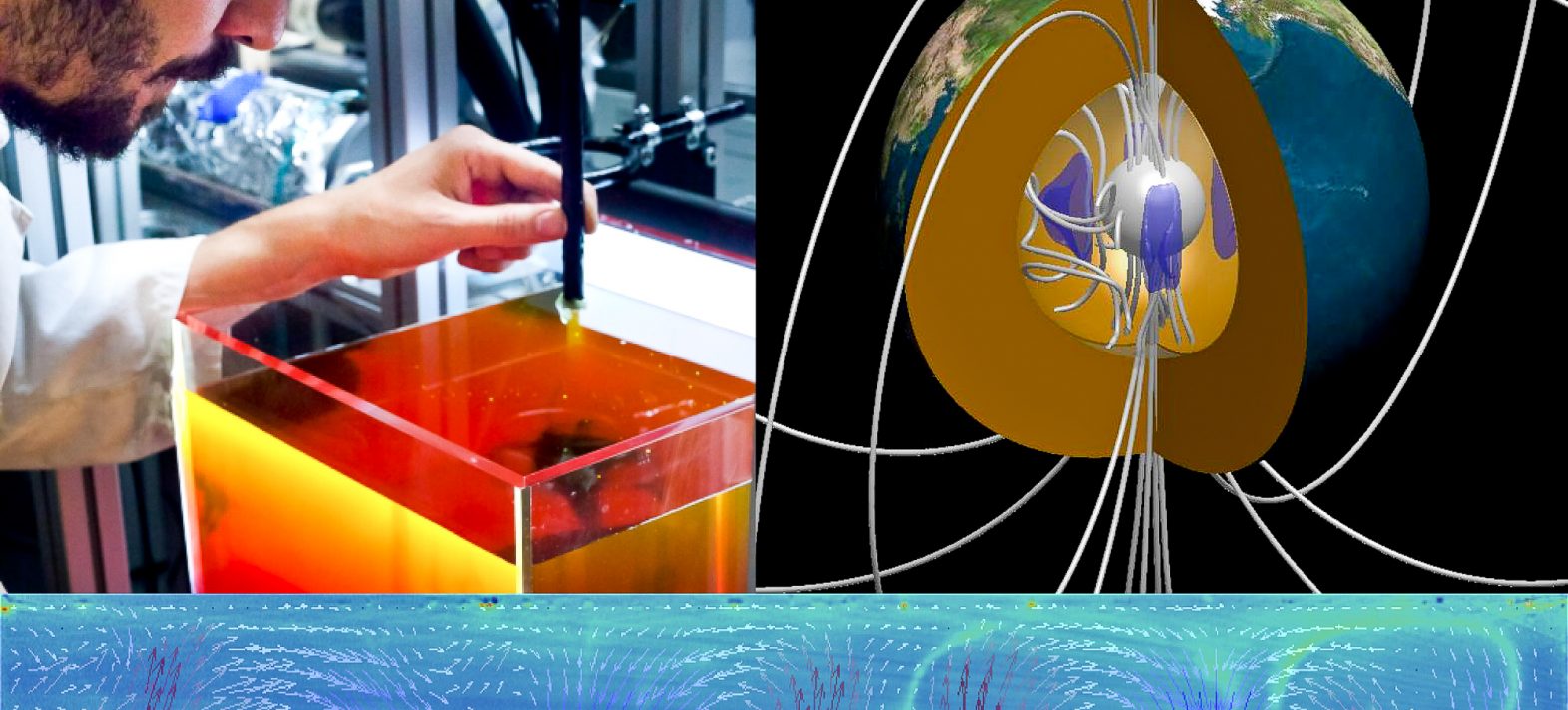
Understanding the past, present and predicting the future of Earth and planetary evolution
How did our planet form, how does it cool, how will it evolve in the future? To answer these questions, the Geological Fluid Dynamics group develops and applies the tools of Fluid Mechanics to our Earth and the Solar System Planets. We proceed by physical analogy in order to model and interpret the available field, observatory and remote sensing data. Doing so it is possible to access and extract the hidden geophysical information within this data, to reconstruct geodynamical evolution scenarios, and to predict the future evolution of natural systems, in connection with societal applications. The objects studied within the team range from the deepest parts of planets such as mantle and core, all the way up to surface processes. The methods range from field data acquisition campaigns to lab experiments and high-performance numerical simulations.
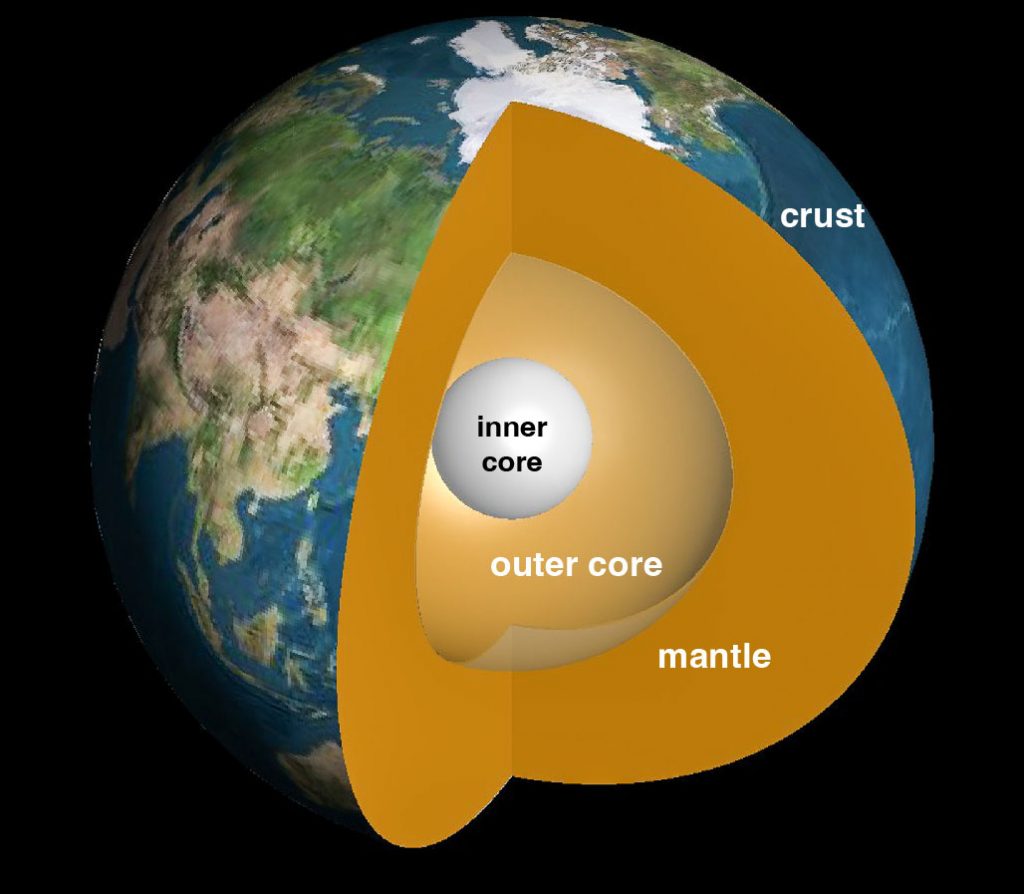
Deep Earth Geodynamics
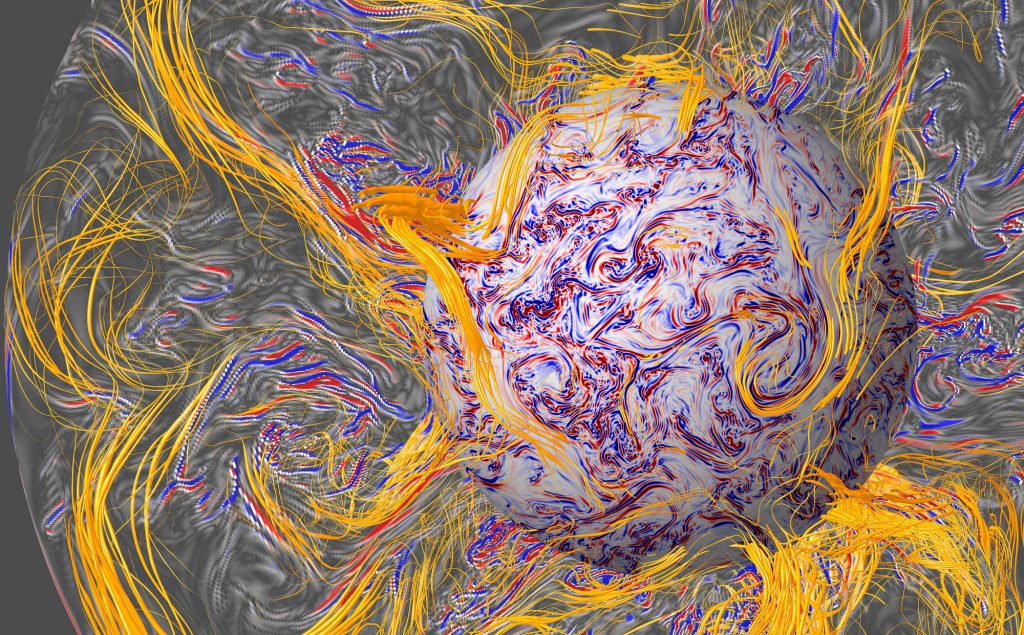
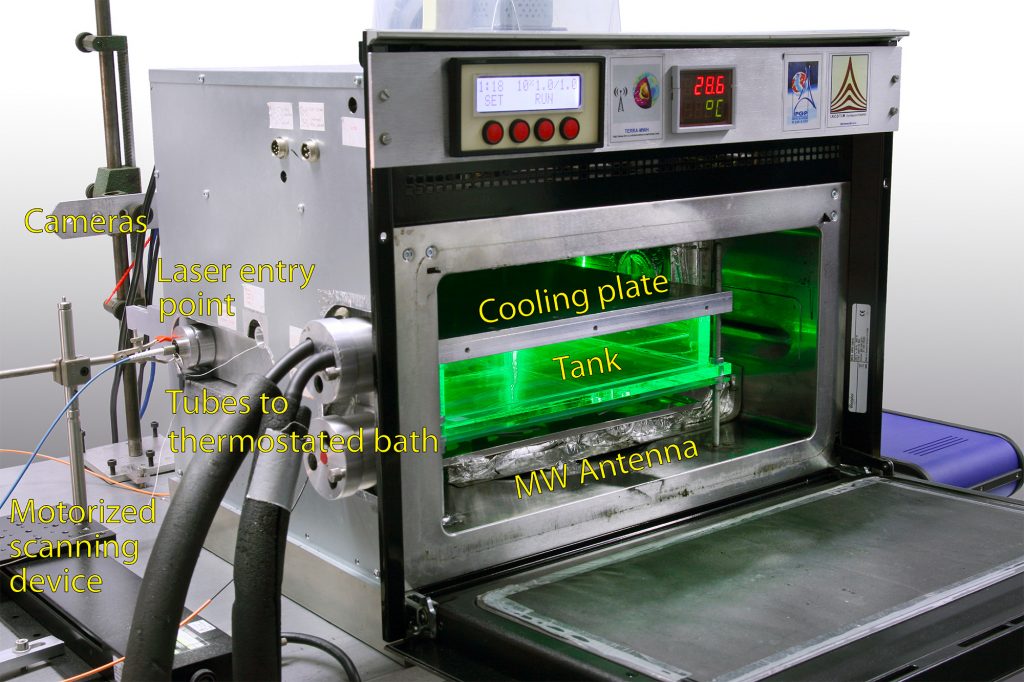
We are interested in the dynamics of Earth’s mantle and core. Over a broad range of time scales, these dynamically-coupled solid envelopes feature dynamics that inform us on the structure, the past evolution of the planet as well as the history of planetary cooling. We aim at explaining the available geophysical and geochemical signals (Earth’s magnetic field, plate tectonics, geochemical content of volcanic eruptions…) by interpreting them within a framework that is dynamically consistent with the first principles of physics.
Physical volcanology
We model the dynamics of volcanic eruptions using laboratory experiments and numerical simulations. Our aim is to categorise them, understand them and predict them within seismic hazard assessment strategies. The central question is how to bridge on-site or remote-sensing observation with physical modelling of their dynamics.
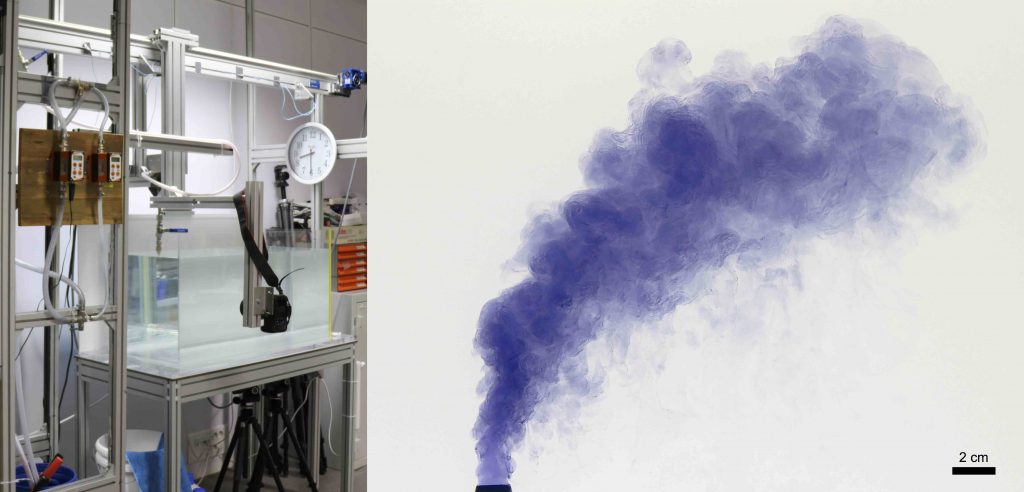
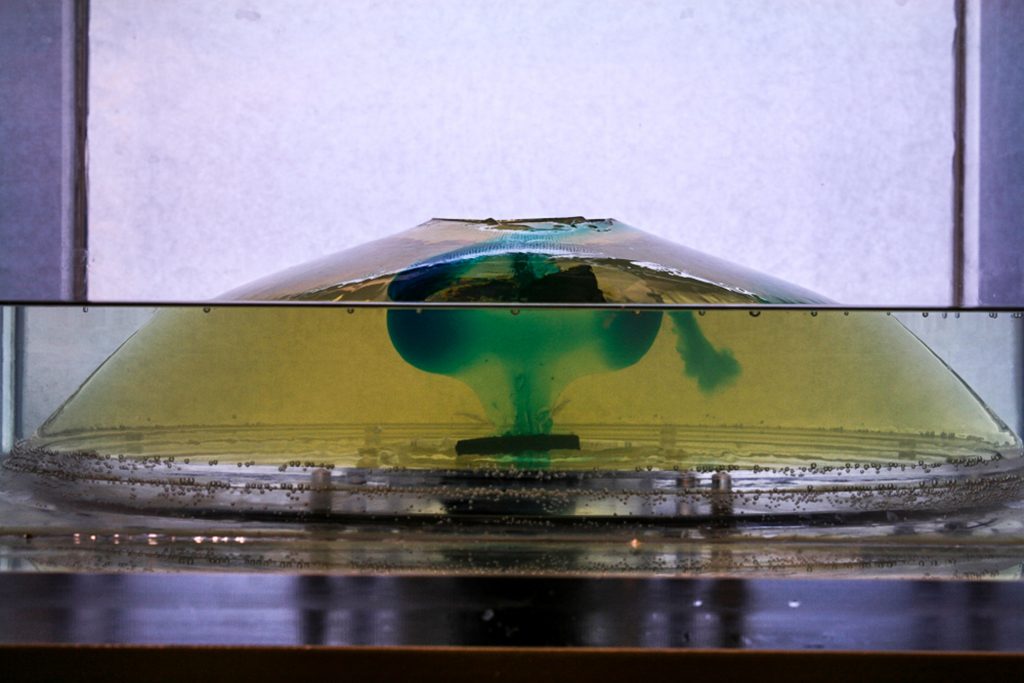
Geomorphology
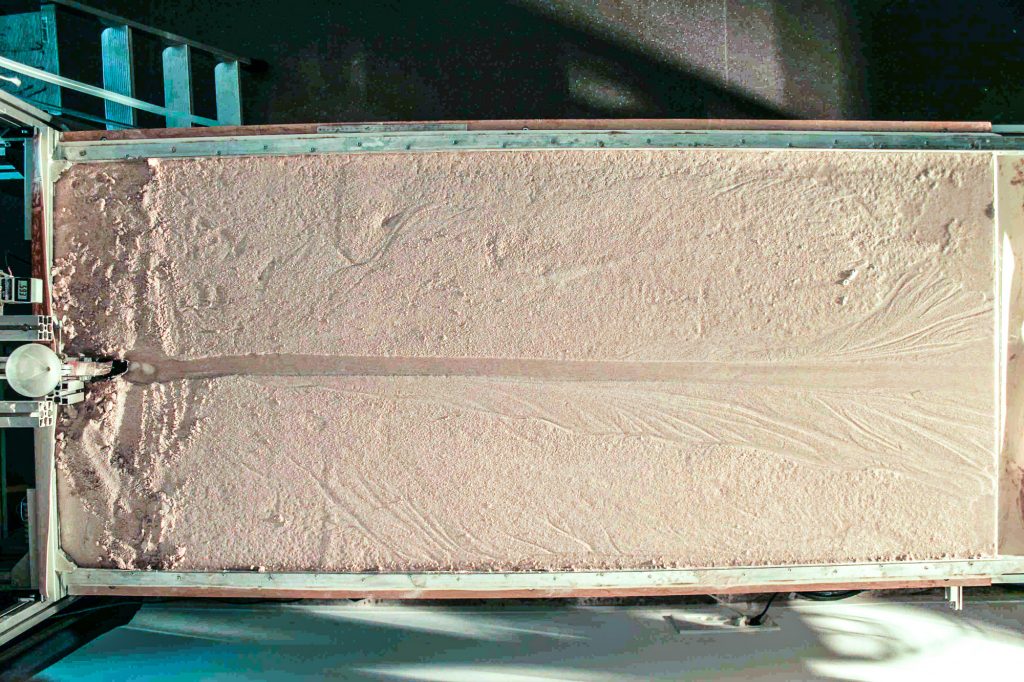
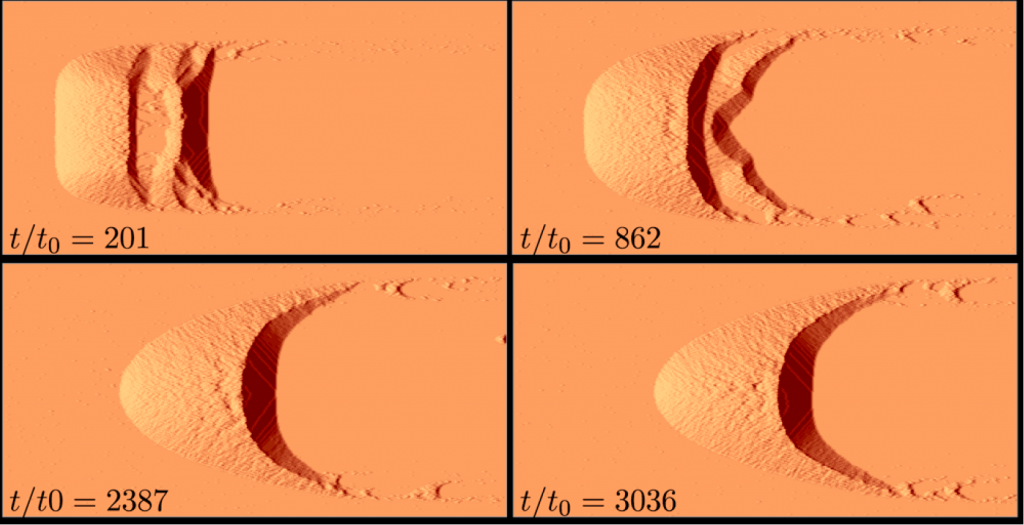
Geomorphology aims at understanding how natural landscapes form and evolve at the surface of Earth and other telluric planets of the Solar System. Our group focuses on river and dune dynamics and proceeds with laboratory experiments and numerical simulations. We build reduced-scale models and we quantitatively measure the properties of their morphology and dynamics. We then propose scenarios to scale the results towards the conditions of natural systems.
... and more!
